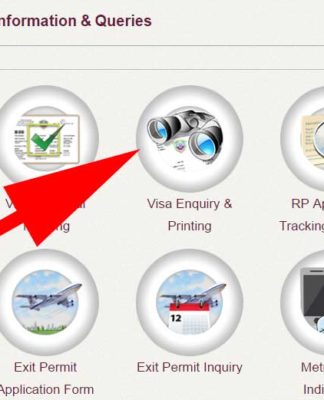Commercial Cards Give Firms Working Capital Certainty in Uncertain Times
BY PYMNTS | JULY 18, 2023
|
Business interest in alternative financing solutions is rising almost as fast as interest rates are.
That’s because with continually fluctuating economic conditions and ongoing operational uncertainty, businesses are seeking innovative approaches to navigate these macro challenges.
One solution that has been gaining traction in the B2B sector is the use of virtual cards. As the adoption of this payment method continues to increase in B2B, the inherent complexity, customization, and intricacies of B2B transactions can make it challenging for businesses to fully comprehend the benefits of commercial cards.
“Working capital is very important in shifting and uncertain economic times … and businesses are increasingly looking at opportunities to utilize commercial cards in a meaningful way,” David Bork, head of AR solutions at Boost Payment Solutions, tells PYMNTS.
“Having a facility for virtual card acceptance can be very powerful. It can be deployed in a widespread manner. It can be very surgically deployed. It can be deployed with different rates,” Bork said.
He explained that beyond giving organizations more flexibility — and transparency — around their working capital needs, virtual cards offer a way to ensure proper payment to suppliers while at the same reducing the risk of fraud relative to traditional methods like paper checks and ACH.
“There’s less fraud in virtual cards. The numbers are something like 40% for ACH attempted or actual fraud, and for virtual cards, it’s around 3%,” Bork said.
And as businesses become more tentative about the future, removing any low-hanging vulnerabilities to fraudulent behavior should be step one to preparing for a more efficient and secure future.
See also: Boost CEO Says Standardization Key to Digital B2B Payments Growth
Streamlining Transactions and Enhancing Security
Bork noted that financial institutions are helping to drive the adoption of virtual cards, working closely with businesses to provide efficient and secure payment solutions to allow for effective and efficient working capital management.
“Suppliers that might be struggling with cash flow for any particular reason, the acceptance of a virtual card can help even things out. You can get paid a lot quicker with a virtual card because, of course, the cardholder is getting working capital from their bank. So that’s an advantage to both sides,” Bork said.
He added that savvy suppliers are even using virtual cards to help win new business.
“We’re starting to see it more and more where that’s becoming part of the RFP process. Some of the more shrewd organizations out there are realizing that, all things being equal against a competitor, they are willing to accept a card payment versus someone who is dead set on only accepting ACH,” Bork said.
In an economically unstable environment, businesses with less access to cash aren’t likely to see their revenues grow, and tapping virtual cards to meet financing needs can actually better position firms for growth — as long as they carefully weigh the pros and cons of each approach available to them.
“There’s big opportunities for companies on both sides of the ledger to be able to do some things that will make sense to protect against these shifting macroeconomic times,” Bork said.
As the economic environment continues to evolve, rethinking commercial credit cards and embracing virtual solutions may prove to be a wise strategy for businesses looking to navigate these uncertain times.
Read more: Commercial Cards Become Important CFO Cash Management Tool
Time Saved Is Money Earned With B2B Payments?
Fortunately, despite the challenges of today’s operating landscape, future fit virtual solutions are rising to help firms capture positive tailwinds.
“The reality is that most suppliers that accept don’t realize that there is a better way to do things,” Bork said. “Things seem crazy, and you need to be prepared for them. And Boost is at the forefront of helping our partners do these things in a very unique way. Our solutions are purpose-built for B2B — whether you’re a buyer, or a supplier.”
He explained that what is often elegant on the buyer side can turn out to be not nearly as elegant on the supplier side.
“Virtual cards are bridging that gap between buyers and suppliers by enabling them to do commerce in a way that makes sense, and giving them this secure, value-add payment type that they may not have had access to before,” Bork said.
After all, no matter which side of the ledger an organization does their business on, futureproofing B2B workflows today can help keep the lights on, and shining in more places, tomorrow.






























